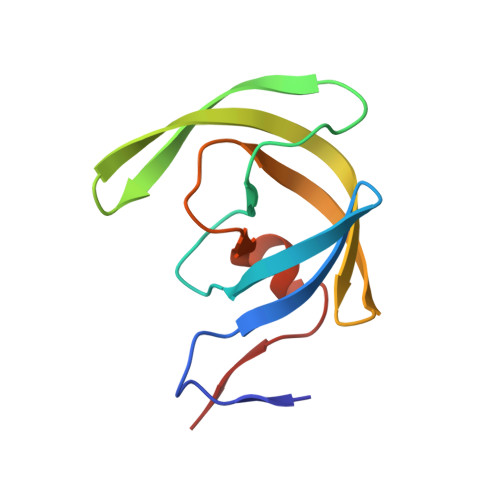How much binding affinity can be gained by filling a cavity?
Kawasaki, Y., Chufan, E.E., Lafont, V., Hidaka, K., Kiso, Y., Mario Amzel, L., Freire, E.(2010) Chem Biol Drug Des 75: 143-151
- PubMed: 20028396
- DOI: https://doi.org/10.1111/j.1747-0285.2009.00921.x
- Primary Citation of Related Structures:
3KDB, 3KDC, 3KDD - PubMed Abstract:
Binding affinity optimization is critical during drug development. Here, we evaluate the thermodynamic consequences of filling a binding cavity with functionalities of increasing van der Waals radii (-H, -F, -Cl, and CH(3)) that improve the geometric fit without participating in hydrogen bonding or other specific interactions. We observe a binding affinity increase of two orders of magnitude. There appears to be three phases in the process. The first phase is associated with the formation of stable van der Waals interactions. This phase is characterized by a gain in binding enthalpy and a loss in binding entropy, attributed to a loss of conformational degrees of freedom. For the specific case presented in this article, the enthalpy gain amounts to -1.5 kcal/mol while the entropic losses amount to +0.9 kcal/mol resulting in a net 3.5-fold affinity gain. The second phase is characterized by simultaneous enthalpic and entropic gains. This phase improves the binding affinity 25-fold. The third phase represents the collapse of the trend and is triggered by the introduction of chemical functionalities larger than the binding cavity itself [CH(CH(3))(2)]. It is characterized by large enthalpy and affinity losses. The thermodynamic signatures associated with each phase provide guidelines for lead optimization.
Organizational Affiliation:
Department of Biology, Johns Hopkins University, Baltimore, MD 21218, USA.

















